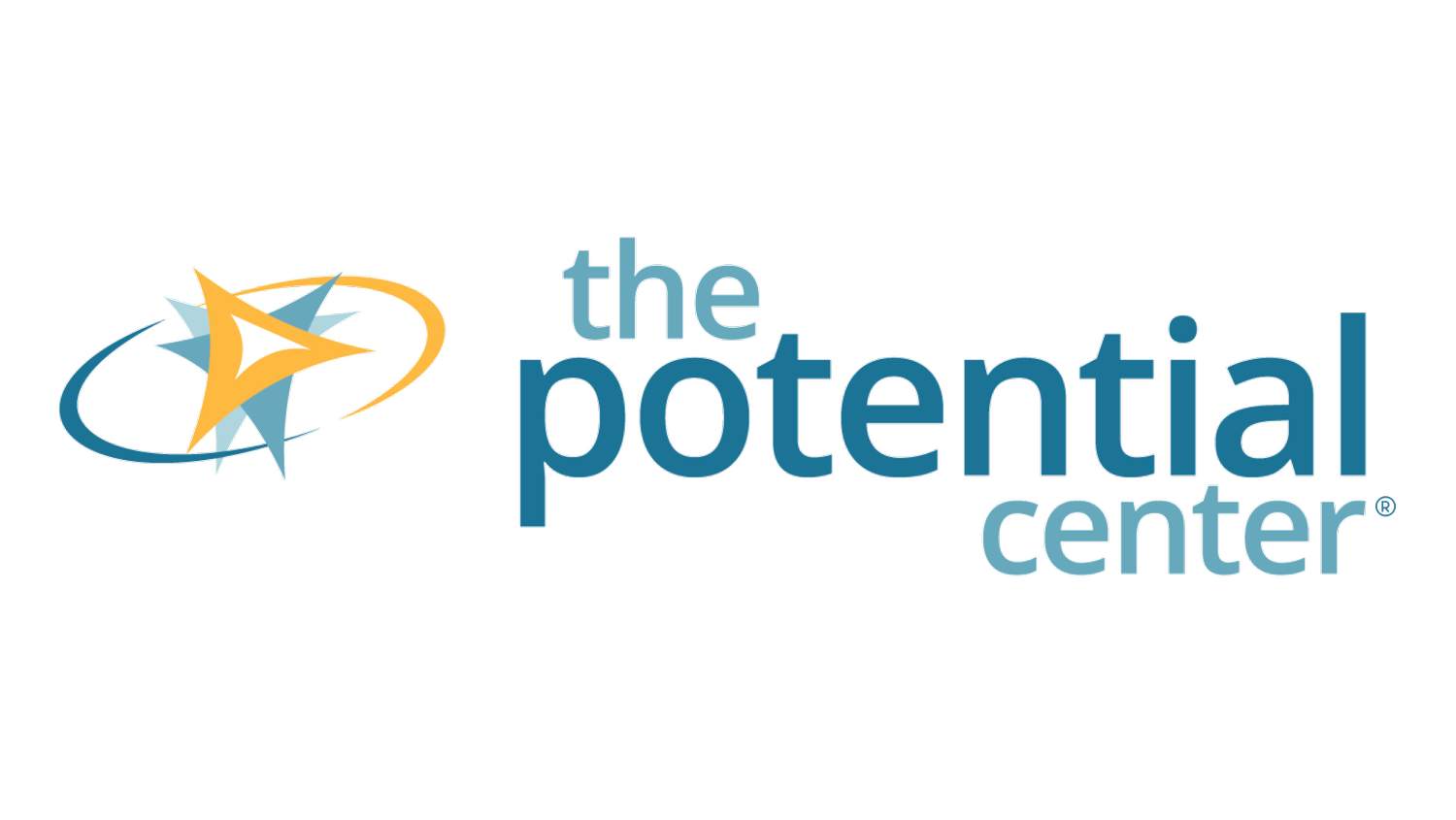From the GreenBiz Notebook (Pt 3 of 3) - Influencing
How are your influencing skills?
GreenBiz Reflections: Influencing Stakeholders
GreenBiz ’23 provided much food for thought and I’ve put these morsels into a small series of posts.
Part 1 focused on the mindset for innovation. In Part 2, I related what came out in relation to creative problem solving. In this final part, I’ve “recycled” what I heard that specifically relates to influencing internal stakeholders.
Part 3 - Stakeholders
Today I’m reflecting on an interview with Gina McCarthy, and contributions from two panels.
Gina McCarthy, who was the first White House national climate advisor (2021-2), and who previously served as the thirteenth Administrator of the Environmental Protection Agency (2013-17) shared these experiences in working with stakeholders:
“I asked them, ‘If I can’t get that, tell me what the very next best thing is that we could do. What will get us 80% of the way there?’ It wasn’t necessary to get 100% of the way there; what was necessary was to get people comfortable enough that there was a change they could live with because this can move things forward very quickly.”
I like this approach, which supports taking “imperfect action”. Getting 100% agreement or completion is not always possible, but getting people to make a start on something is often enough to get the ball rolling. Once you have your 80% product or service developed, it’s simply a case of applying “continuous improvement” – each iteration gets you closer to the 100% that you desire.
“If you can’t figure out the straight forward way, then you go around another way… you find another champion, another way to address it, you work something out.”
Sometimes you just have to be a bit of a maverick. If there are a number of stakeholders, then you might be better off developing a relationship with the one most likely to be an ally or ambassador, even if they’re not the obvious choice. Having a non-obvious choice who is 100% passionate about your project beats an obvious choice who is 50% passionate hands-down.
“The first calls I made after a rule making, were to the ones who would hate it. I wanted them to understand that we do the best we can.”
Of course you will thank stakeholders for their time, thoughts, and effort in the process of pulling the presentation together, but what if you don’t get the result you hoped for? It’s well worth continuing to acknowledge their involvement, as it creates the foundation for working together on another project in the future. You can do this by saying they were top on your list for letting them know the outcome. If possible, make this contact by phone rather than by email or text.
Tim Hopper of Microsoft was on the panel “Cut to the Chase: Collaborate, Align & Reduce” and had this thoughtful contribution:
“In 2020 the nature of our collaborations changed due to increased expectations of external suppliers to speed up their decarbonization processes. Now we meet with suppliers more frequently and more deeply, and they focus on concrete metrics as well as on finding and counteracting obstacles.”
More and more, companies succeed by helping each other succeed. By supporting their suppliers Microsoft is not only scaling decarbonization, it’s also influencing suppliers to make changes that will have an impact on sustainability that is faster and more significant. Win-win.
Michelle Lancaster of Microsoft was on the panel “Implementing Net Zero: Critical Components” and made this contribution:
“Compliance has a different budget than transformation, so we think about how to frame our propositions in the language of finance. To do this successfully, we involve the CFO team early on as we discuss ideas.”
Communication is a foundation of successful influencing. One of the important communication skills is using language that your audience understands. This is a great example of involving stakeholders early on to learn what their “love language” is, and then taking it one step further by consciously using that language when presenting and answering questions.
With your great idea now in hand, do you want to quickly improve your influencing skills?
“Getting the Green Light: Strategies to Successfully Influence Internal Stakeholders” is our upcoming deep dive day for a limited number of participants. Info and registration here.
Do you have your copy?
If you want to systematically come up with thinking like the above to move your product and service development forward at a faster rate, make sure you have our FREE ebook “The Brainstorming Playbook”.
I believe that, with the right support anyone can learn creative ways to solve problems. If you’d like to see what tapping into creative potential could look like at your place of work, contact me at Ellia@ThePotentialCenter.com to arrange a call.


